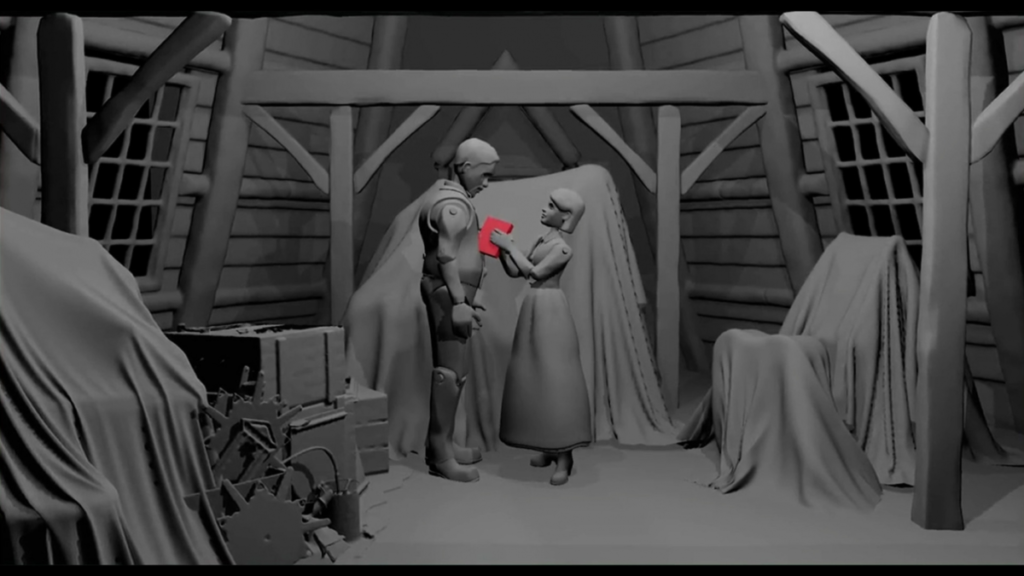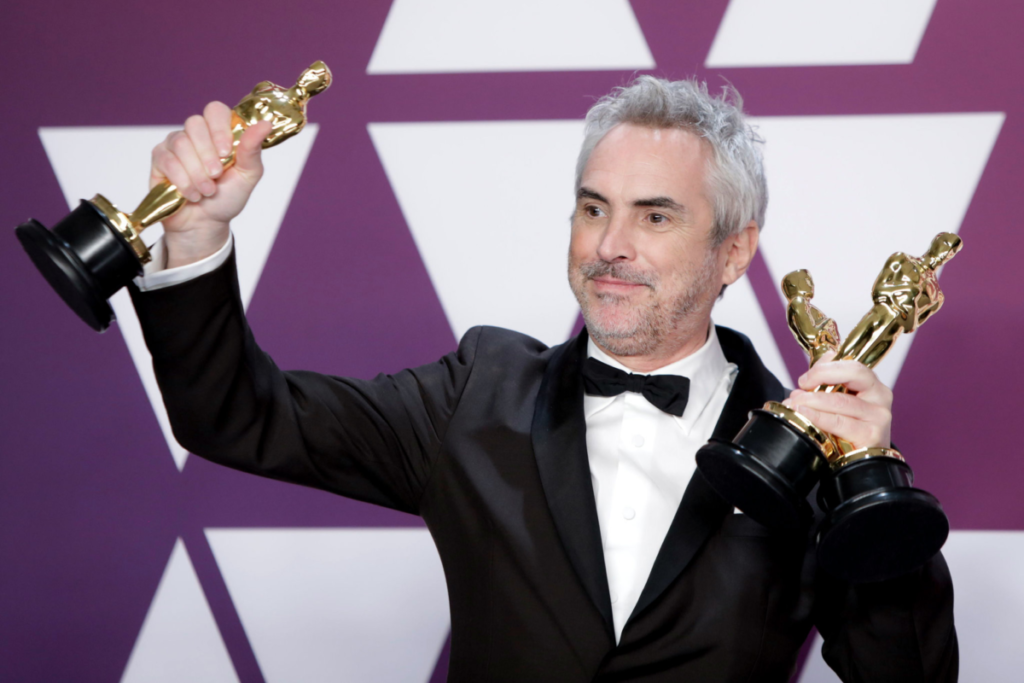Hello Class! This week, we watched Alfonso Cuaron’s 2013 film Gravity. I deeply admire Cuaron’s work in his films Roma (my favorite black and white movie, which I highly recommend) and Harry Potter and the Prisoner of Azkaban (which I think is the best Harry Potter film in the franchise because of Cuaron’s mature and artistic approach to the film). I had never watched Gravity, but I was blown away by the visual story and saw shots in the movie that I had never seen before. Moreover, I found a video on YouTube posted by the New York Times, where Alfonso narrates the opening scene from the movie:
This scene is notable for being shot in a single take, a technique that Cuarón has been avidly exploring in his recent works in collaboration with Emmanuel Lubezki, the director of photography for “Gravity.” This deliberate choice of using a continuous shot is a testament to Cuarón’s dedication to his craft and a strategic decision to immerse the audience in a realistic portrayal of space.
Cuarón’s decision to employ a single-shot technique is significant for several reasons. Firstly, it pays homage to the conventions of depicting space in documentaries. When celestial bodies like comets are captured in space, filmmakers are constrained by the lack of opportunities for cuts. The absence of this luxury compelled Cuaron to present these phenomena in uninterrupted shots. By adopting this approach, Cuarón not only adds authenticity to the portrayal of space but also invites the audience to experience it in a manner consistent with their prior exposure to space documentaries.
Cuarón’s intent to gradually immerse the audience into the environment is a stroke of genius. He skillfully employs the continuous shot to seamlessly transition from an initial state of calm observation to a heightened sense of urgency and action. This deliberate pacing serves as a narrative tool, allowing the audience to become part of the unfolding events organically. By the end of the scene, viewers are not merely spectators but active participants, floating alongside the characters in the vast expanse of space.
Achieving a choreography in a single, unbroken shot is a formidable task. The inherent challenge lies in the constant motion of the environment. Every movement and gesture must be meticulously orchestrated to maintain the coherence of the scene. This demands an extensive level of planning and coordination. Cuarón’s mention of the “previs” process, which involves initial computer-generated animations, underscores the meticulous preparation required for this ambitious undertaking. Previsualization or ‘previs’ is an essential part of the development process for feature films and episodic productions as it enables creatives to design, plan, and understand shots or sequences far in advance of the actual shoot.
Example of Previs and link to an article explaining it: https://www.framestore.com/work/previs?language=en



Thank you, Alfonso!
This video provides a fascinating glimpse into the director’s innovative approach to filmmaking.
Hope you learned something new,
Marian Silvera